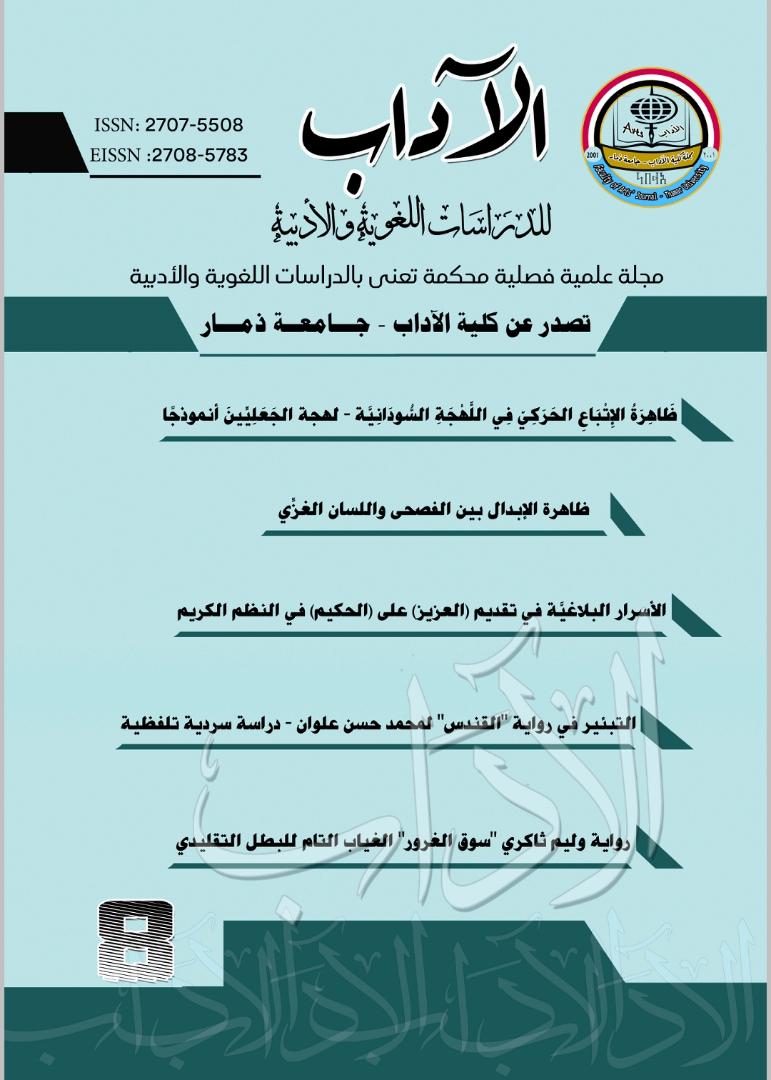Detached Exclusion in the Holy Quran: A semantic Study
DOI:
https://doi.org/10.53286/arts.v1i8.298Keywords:
Exclusion, Detached Exclusion, Linked Exclusion, SemanticsAbstract
This research deals with the method of detached exclusion in the Qur’an from a semantic perspective. Its purpose is to highlight the detached exclusion’s semantic function in the Qur’an text, and the features of the linguistic formulation that the holly Qur’an has in its structures and methods which is distinguished with. This method is discussed from two aspects: a theoretical aspect in which the concept of exclusion in general, and the concept of detached exclusion in particular are presented in a grammatical and semantic style. The views of scholars of rhetoric in this method are highlighted, too. As for the practical aspect, the semantic functions of the detached exclusion methods mentioned in the Qur’an are explored. The research concluded that detached exclusion is one of the influential eloquent methods that work to empower and determine meaning in the mind of the recipient. It has characteristics and semantic functions that distinguish it from the linked exclusion, other than that restricted to grammarians, rhetoricians and interpreters.Downloads
Downloads
Published
How to Cite
Issue
Section
License
Copyright (c) 2021 ألطاف إسماعيل أحمد الشامي

This work is licensed under a Creative Commons Attribution 4.0 International License.
Copyright and Licensing
copyright is retained by the authors. Articles are licensed under an open access Creative Commons CC BY 4.0 license, meaning that anyone may download and read the paper for free. In addition, the article may be reused and quoted provided that the original published version is cited. These conditions allow for maximum use and exposure of the work.



